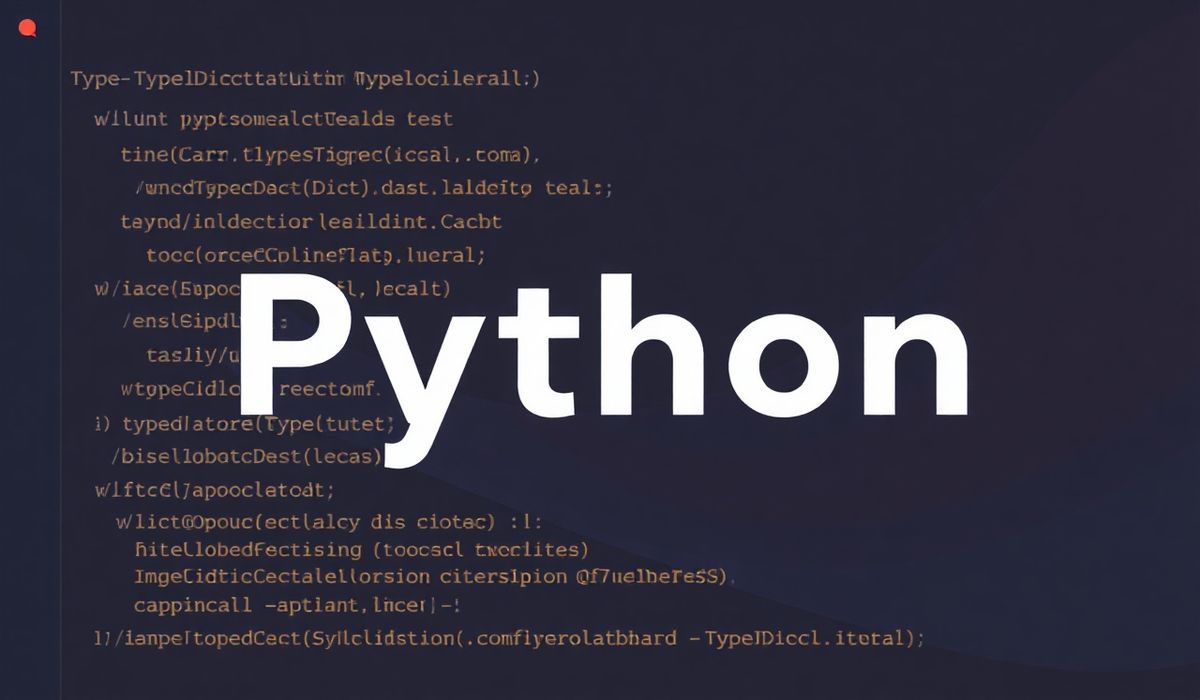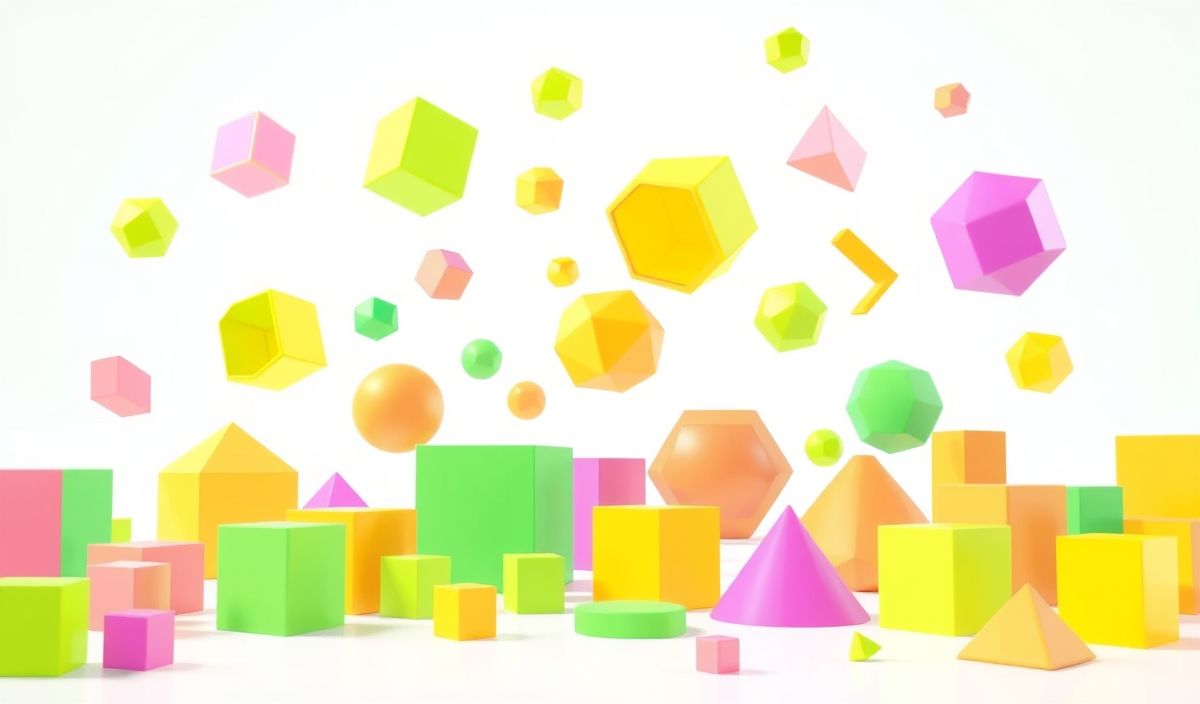Welcome to the Comprehensive Guide on gl-toolbox
The gl-toolbox is a powerful library offering a wide range of tools and utilities to streamline the development of modern web applications. With dozens of useful APIs, gl-toolbox simplifies complex tasks, allows for better code management, and speeds up the development process.
API Overview
In this section, we will explore some of the most useful APIs provided by gl-toolbox, complete with code snippets.
1. Array Utilities
Manipulate arrays with ease using gl-toolbox’s array utility functions.
// Remove duplicates from an array const uniqueArray = glToolbox.array.unique([1, 2, 2, 3, 4, 4, 5]); // Output: [1, 2, 3, 4, 5]
// Find the intersection of two arrays const intersection = glToolbox.array.intersect([1, 2, 3], [2, 3, 4]); // Output: [2, 3] 2. Object Utilities
Perform common operations on objects.
// Merge two objects const mergedObject = glToolbox.object.merge({a: 1, b: 2}, {b: 3, c: 4}); // Output: {a: 1, b: 3, c: 4}
// Deep clone an object const clonedObject = glToolbox.object.clone({a: 1, b: {c: 2}}); // Output: {a: 1, b: {c: 2}} 3. String Utilities
Handle string manipulations effortlessly.
// Convert a string to camel case const camelCaseStr = glToolbox.string.toCamelCase('hello world'); // Output: 'helloWorld'
// Truncate a string to a specified length const truncatedStr = glToolbox.string.truncate('Lorem ipsum dolor sit amet', 10); // Output: 'Lorem ipsu...' 4. Date Utilities
Perform common date operations.
// Format a date const formattedDate = glToolbox.date.format(new Date(), 'YYYY-MM-DD'); // Output: '2023-10-05'
// Parse a date string const parsedDate = glToolbox.date.parse('2023-10-05', 'YYYY-MM-DD'); // Output: Thu Oct 05 2023 00:00:00 GMT+0000 (Coordinated Universal Time) 5. Network Utilities
Enhance network operations.
// Perform a GET request glToolbox.network.get('https://api.example.com/data')
.then(response => console.log(response))
.catch(error => console.error(error));
// Perform a POST request glToolbox.network.post('https://api.example.com/data', {key: 'value'})
.then(response => console.log(response))
.catch(error => console.error(error));
Application Example
Here’s a quick example of how you can use multiple gl-toolbox APIs to build a simple app that fetches and displays user data:
const initApp = async () => {
try {
const users = await glToolbox.network.get('https://jsonplaceholder.typicode.com/users');
const uniqueCities = glToolbox.array.unique(users.map(user => user.address.city));
console.log('Unique Cities:', uniqueCities);
const userDisplay = users.map(user => {
return {
name: glToolbox.string.toCamelCase(user.name),
email: user.email,
city: user.address.city
};
});
console.log('User Display Data:', userDisplay);
} catch (error) {
console.error('Error fetching user data:', error);
}
};
initApp(); The above snippet initializes a simple application that fetches user data from a placeholder API, removes duplicate city names, and formats the user names for display.
By leveraging gl-toolbox, you can significantly reduce the complexity of your code, enhance readability, and improve overall development speed.
Happy coding!
Hash: 5f0e846a7248e2e49ce04c66b6a1a1814302ffd4117352120b5812a17255dfb4




